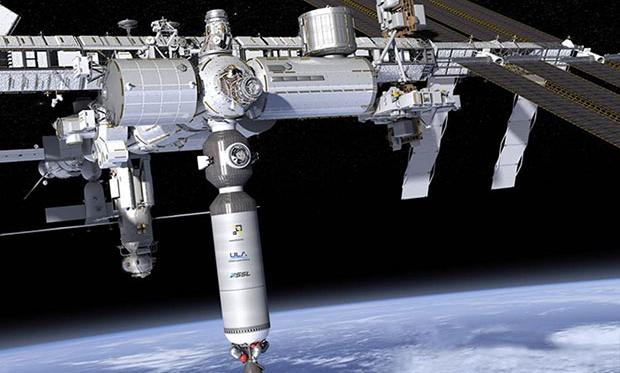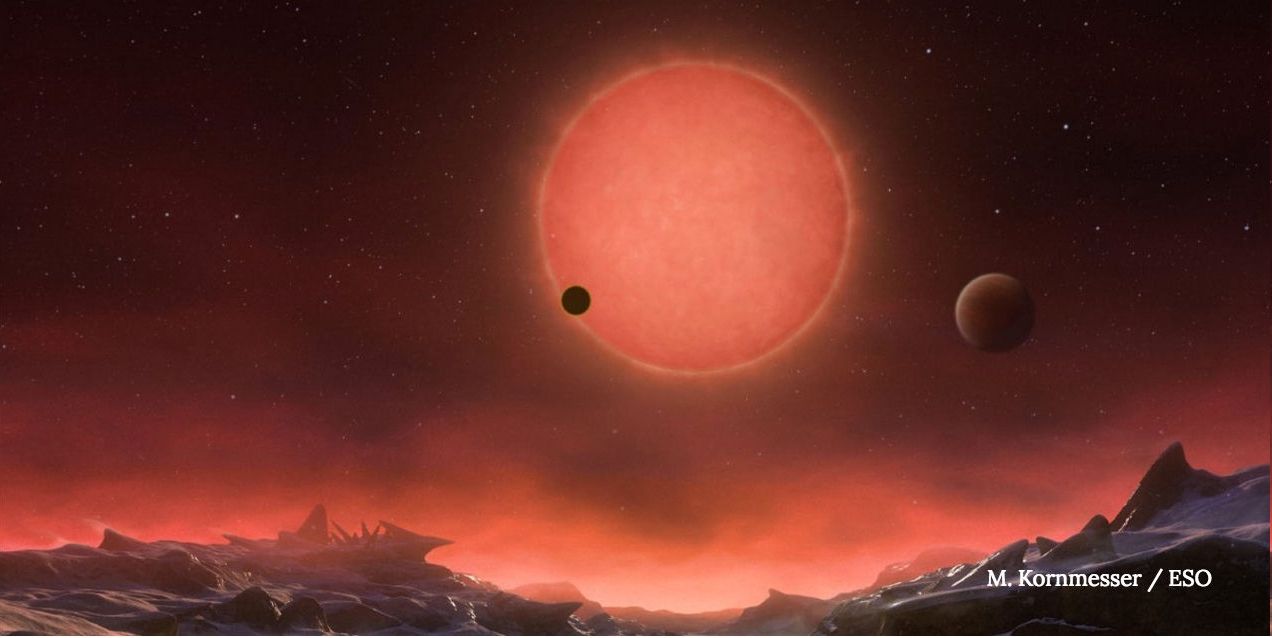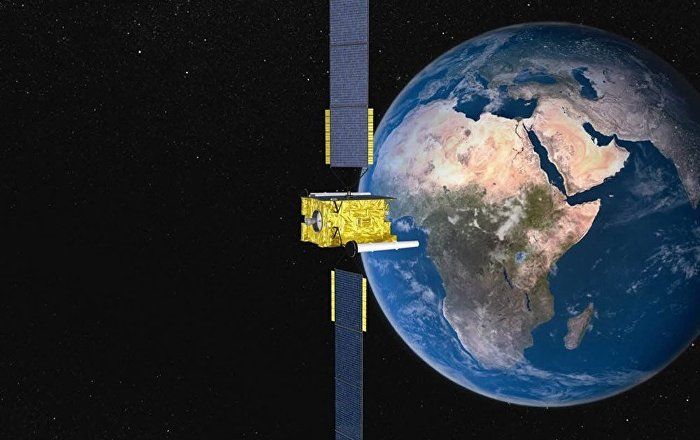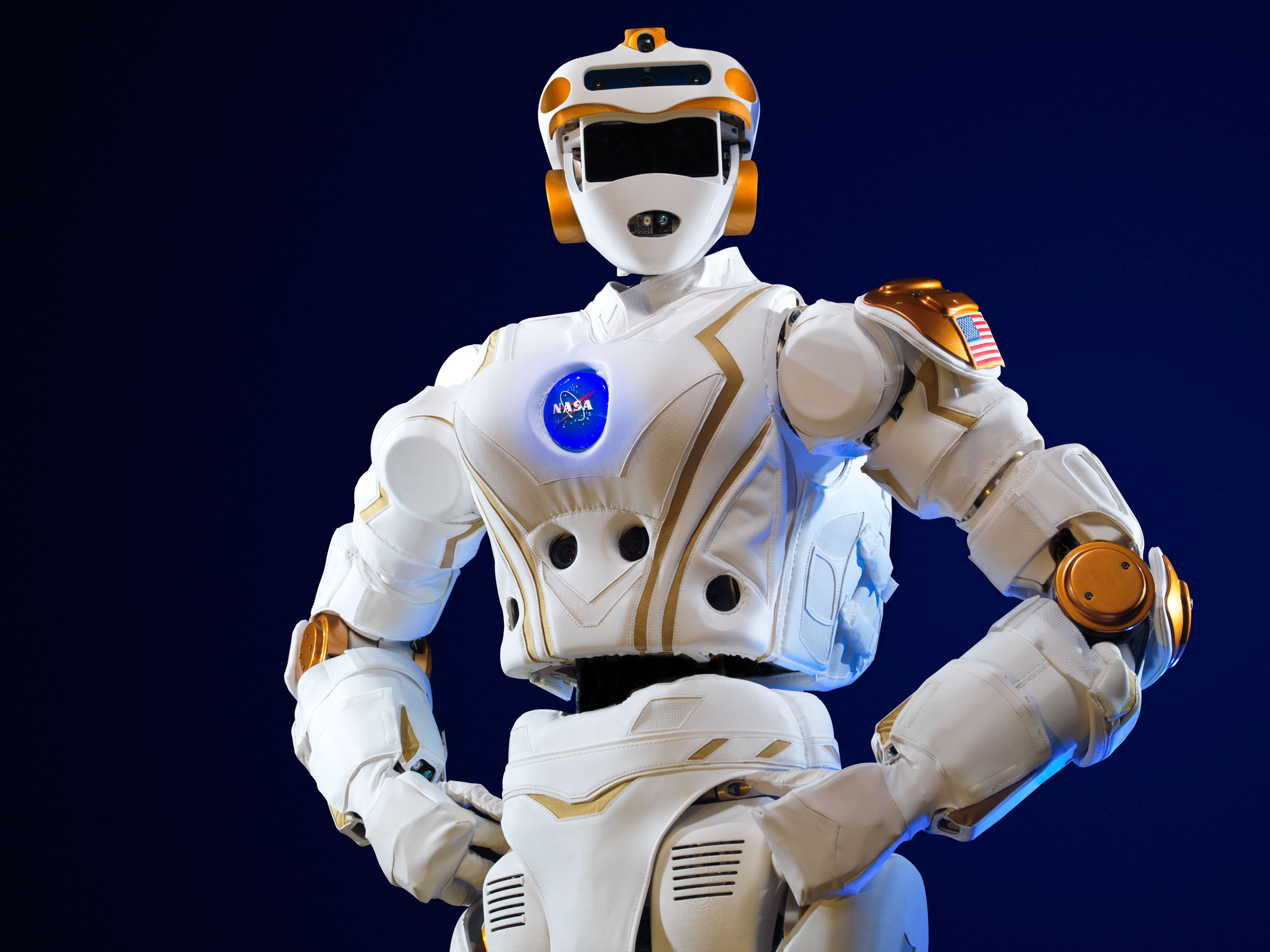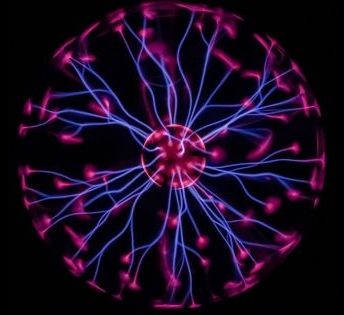Wild stuff.
Somewhere on the other side of the sun, almost directly opposite to Earth, a NASA spacecraft has drifted aimlessly through the void since Oct. 1, 2014, unable to establish contact with our planet.
At least that was the depressing situation until Sunday night.
In a statement posted Monday (scroll down for the full version), the space agency says it has finally contacted the STEREO-B solar observatory — an identical twin of another sun-monitoring robot, called STEREO-A — after nearly 2 years of effort.
